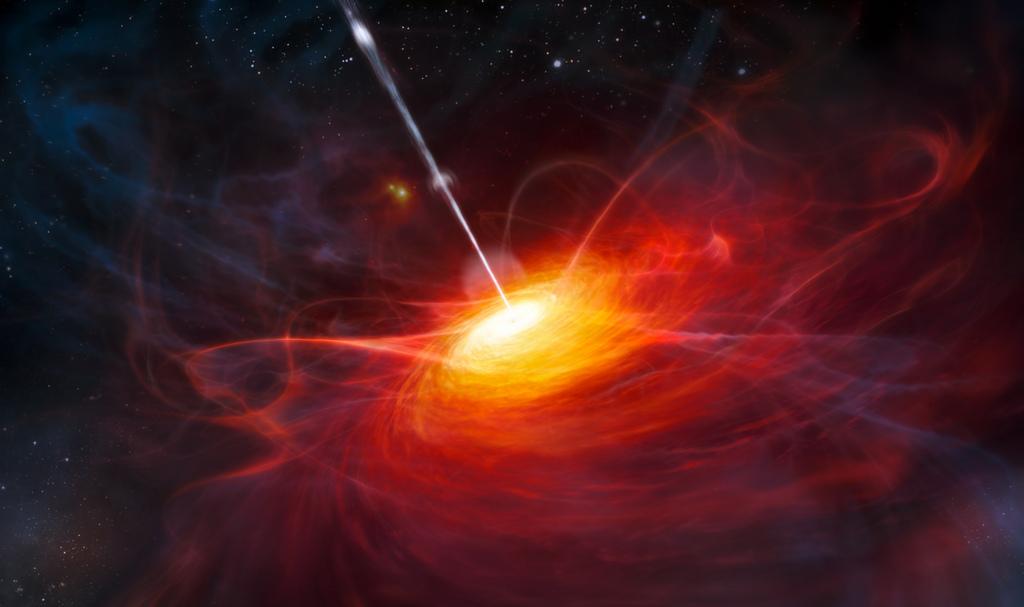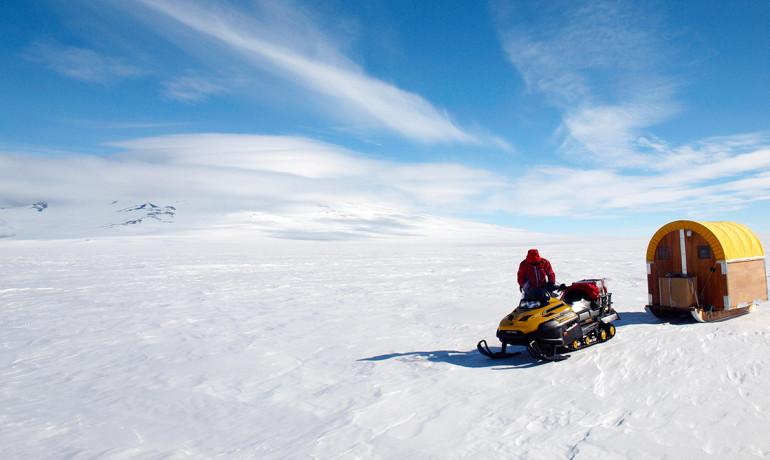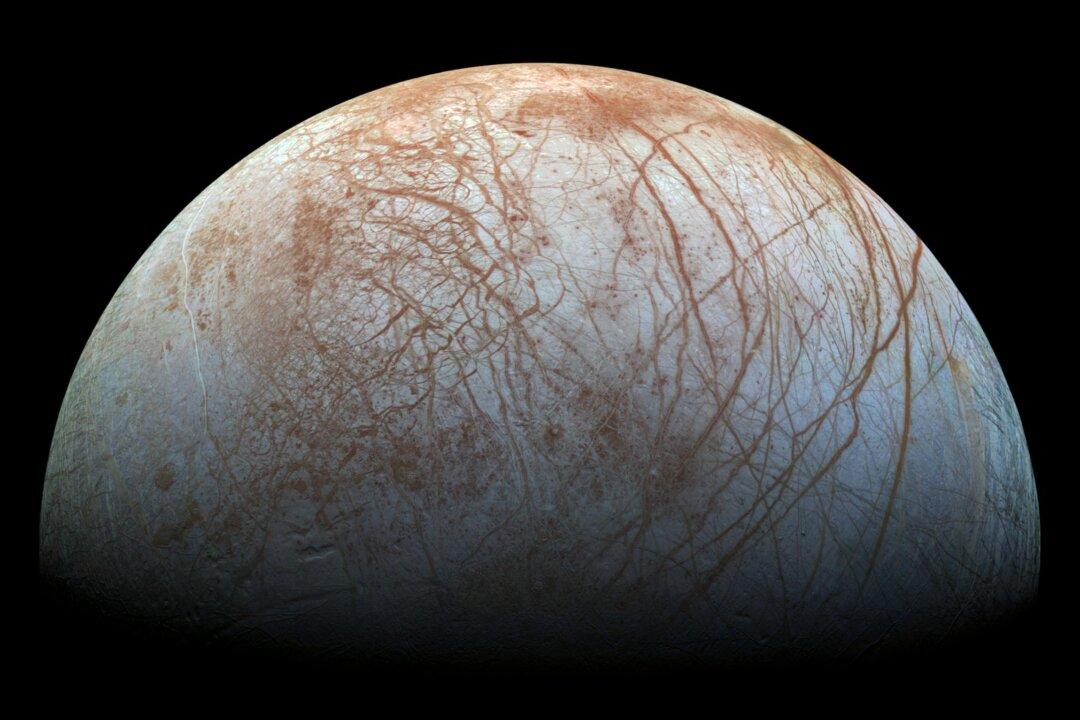NASA’s New Horizons spacecraft will fly through the Pluto system on July 14 at an angle of 46 degrees to the plane of the dwarf planet’s orbit, piercing the plane and then passing through the shadows first of Pluto and then of its moon, Charon.
Once past Charon it will turn around and, looking backward, search for any tenuous rings around Pluto and use sunlight reflected from Charon to image the part of Pluto’s surface now in continuous darkness.
Commentary from Bill McKinnon, a planetary scientist at Washington University in St. Louis and a co-investigator on the mission’s science team, will appear on the the New Horizons page curated by NASA’s Jet Propulsion Laboratory. Images will typically appear on the page one to a few days after the event.




